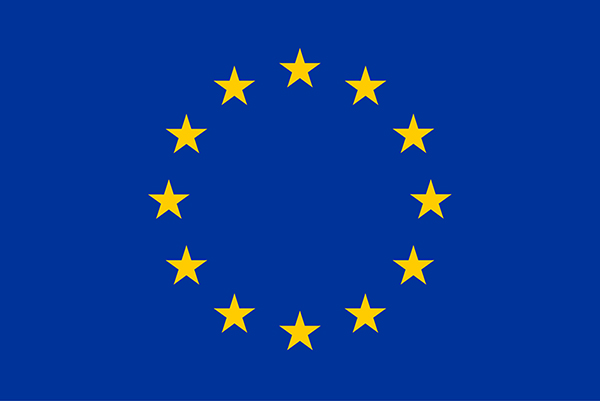REMANENCE
REMANENCE
Rare Earth Magnet Recovery for Environmental and Resource Protection
ABSTRACT
The possible future restrictions to the supply of critical materials have been the subject of debate for several years. In response an international consortium has been brought together to develop new solutions to the European requirement for rare earth metals.
REMANENCE is an ambitious program designed to dramatically increase the amount of rare earth materials recovered and remanufactured from existing waste streams. Financed by the Seventh Framework Programme, the project brings together European industry and academia across the supply chain to develop the innovative technologies, business models and market information required to exploit this valuable resource and reduce dependence on primary sources.
REMANENCE brings together Europe’s leading experts in; sensing, disassembly, recycling technology and materials processing in a multi-disciplinary project able to deliver significant technical advances. C-Tech Innovation Ltd will lead a consortium including; The University of Birmingham, Stena Technoworld AB, Acreo Swedish ICT AB, Leitat Technological Centre, OptiSort AB, Chalmers Industriteknik, Magneti Ljubljana and Kolektor Magnet Technology GMBH.
The partners will develop new and innovative processes for the recovery and recycling of neodymium iron boron magnets (NdFeB) from a range of waste electronic and electrical equipment (WEEE). Advanced sensing and mechanical separation techniques will be developed in combination with innovative processes to recover the rare earth magnets in the WEEE.
Significantly, the aim will be to recover material in a form that can easily re-enter the primary magnet manufacturing production route, so providing large energy savings and reduced production costs for European manufacturers.
Project Budget: 4’980’645,80 €
Leitat Budget: 366’080 €
Financial Framework: FP7
Contract number: 310240
Start Date: 01/01/2013
End Date: 30/06/2016
Contact Manager: G. Musterni

This project has received funding from the European Union’s Seventh Programme for research, technological development and demonstration under grant agreement Nº 310240

